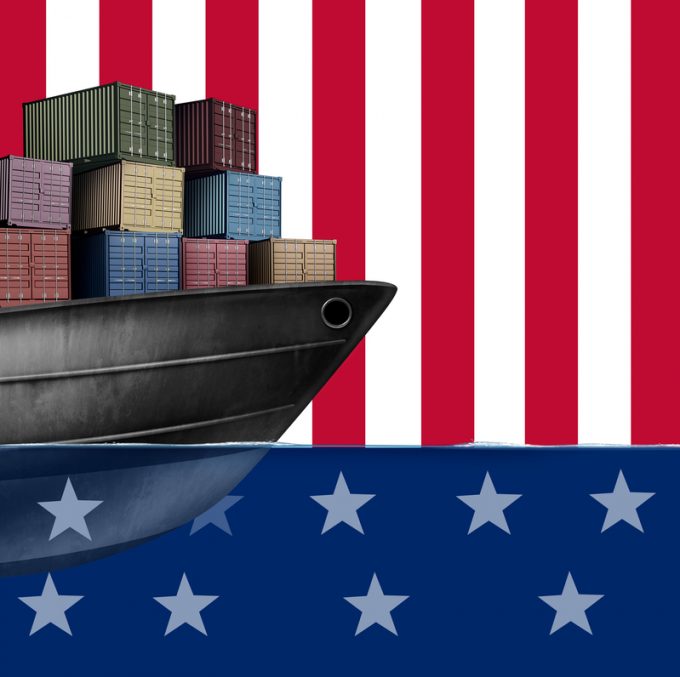Canada and Mexico get cosy with trade plan to bypass US
Canada and Mexico are closing in on a scheme to bypass the US to reduce ...

US agricultural exporters are smarting from maritime shortcomings over the past year, according to the results of the 2021 AgTC Ag Exporter-Carrier Service Impact Survey.
Many are being asked to deal with vastly increasing costs while suffering from lost sales.
Respondents said the value of lost sales ...

Comment on this article